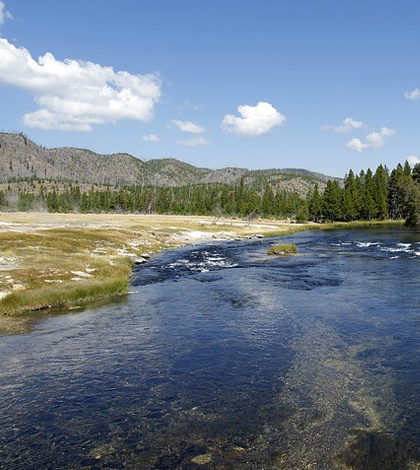Respiration In Rivers And Streams Contributes More Carbon Than Once Thought

A recent study by scientists at the University of Wyoming quantifies how much carbon dioxide is released from U.S. rivers and streams into the atmosphere, affecting the overall carbon cycle. Researchers at the school relied on existing data and mathematical modeling in the work and are hopeful it will help better determine how changes in land use and climate warming could affect the future amount of carbon in the atmosphere, according to a release.
They looked at two ways in which carbon is released. First, by the surrounding soil of the water and, secondly, the respiration of organisms who live within it. They knew that the soil contributed the most carbon, but were surprised to find that respiration led to a much higher level of carbon released than previously thought.
The goal of this study was to calculate how much carbon is coming from rivers and streams, not because it is a large contributor overall, but because even minor changes can affect climate models. For instance, the larger a stream gets, the more soil becomes exposed to water, which releases more carbon.




0 comments